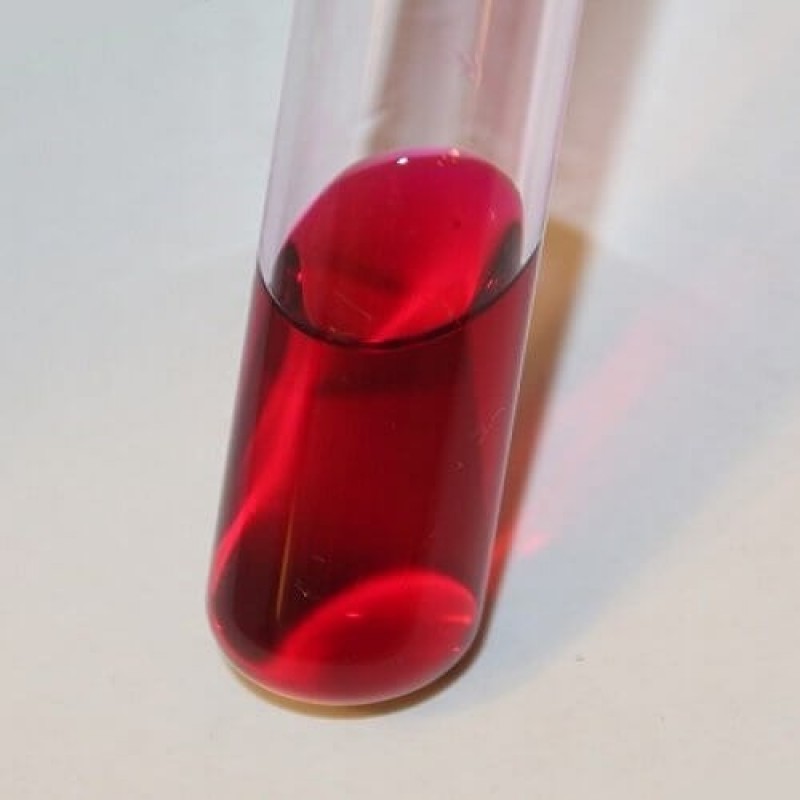Safranin Color for Biology Laboratory
Description
Safranin is commonly used as a biological stain in histology and cytology. It highlights nuclei and other cell components by providing a contrasting red color. It serves as a counterstain in Gram staining, differentiating between Gram-positive and Gram-negative bacteria. Safranin is used to stain plant tissues, particularly lignin in cell walls. Enhances visibility and differentiation of microscopic structures. Often used with other stains like Crystal Violet for double-staining procedures.
Uses of Safranin Color in Biology Laboratory
- Gram Staining: As a counterstain to visualize Gram-negative bacteria.
- Endospore Staining: To counterstain vegetative cells, making endospores more visible.
- Plant Tissue Staining: To stain cell walls, nuclei, and other cellular structures.
- Animal Tissue Staining: To stain connective tissues, particularly cartilage.
- Microbial Staining: To identify and study various microorganisms.
- Cytological Staining: To visualize cellular components, especially nuclei.
- Histological Staining: To stain tissues for microscopic examination.
Precautions for Using Safranin Color
- Wear Protective Gear: Always wear gloves, lab coat, and safety goggles to avoid skin and eye contact.
- Handle with Care: Avoid spills and direct contact with skin or clothing.
- Proper Storage: Store safranin in a cool, dark place to maintain its effectiveness.
If you'd like to know more about this chemical or need any analysis
report regarding this chemical then contact us support@echem.com.bd.

Login To Comment